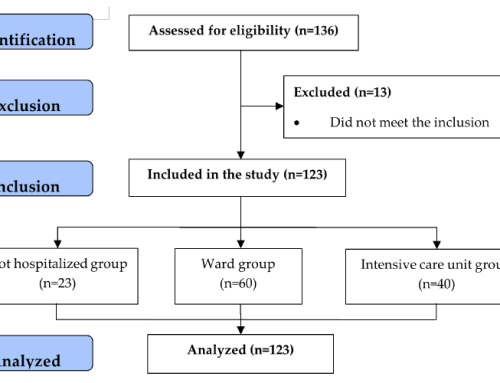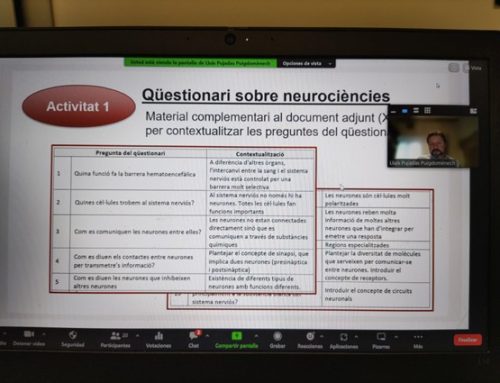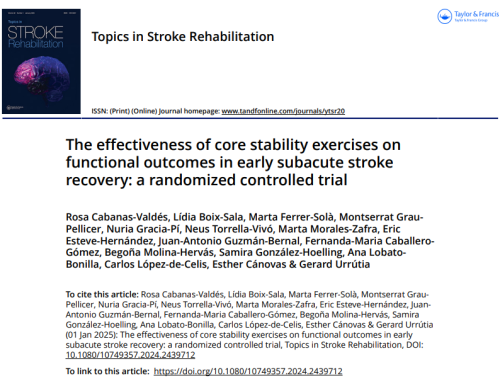
Osteonal Microcracking Pattern: A Potential Vitality Marker in Human Bone Trauma
Schwab N, Galtés I, Winter-Buchwalder M, Ortega-Sánchez M, Jordana X.
Abstract:
In forensic anthropology, the differential diagnosis between peri- and postmortem bone fractures is mainly based on macroscopic criteria. In contrast, studies focusing on bone histology are very scarce. In a recent publication, we showed that (perimortem) fractures in fresh human bones exhibit a different osteonal microcracking pattern than (postmortem) damage in dry bones. In the current work, we explored whether this osteonal microcracking pattern is distinctive of the vitality of (perimortem) fresh bone fractures. To this end, we compared the number, length and structural distribution of microcracks in vital humeral fractures from forensic autopsy cases with experimentally reproduced, three point-bending fractures in fresh and dry human humeri. Half of the fresh experimental bones were fractured whilst applying axial compression, i.e., attempting to simulate intra vitam conditions more accurately. The results showed a similar osteonal microcracking pattern between vital fractures and experimental fractures of fresh humeri subjected to axial compression. Interestingly, this pattern was significantly different from the one observed in the experimental fractures of fresh humeri without axial compression and dry humeri. This supports our hypothesis that the osteonal microcracking pattern can potentially be used as a marker for vital perimortem trauma, providing a histomorphometric tool for fracture timing.
Keywords:
forensic anthropology; bone fractures; blunt force trauma; fracture timing; perimortem trauma; bone histology; bone histomorphometry; microcracking pattern; osteonal microcracks.












Leave a Reply